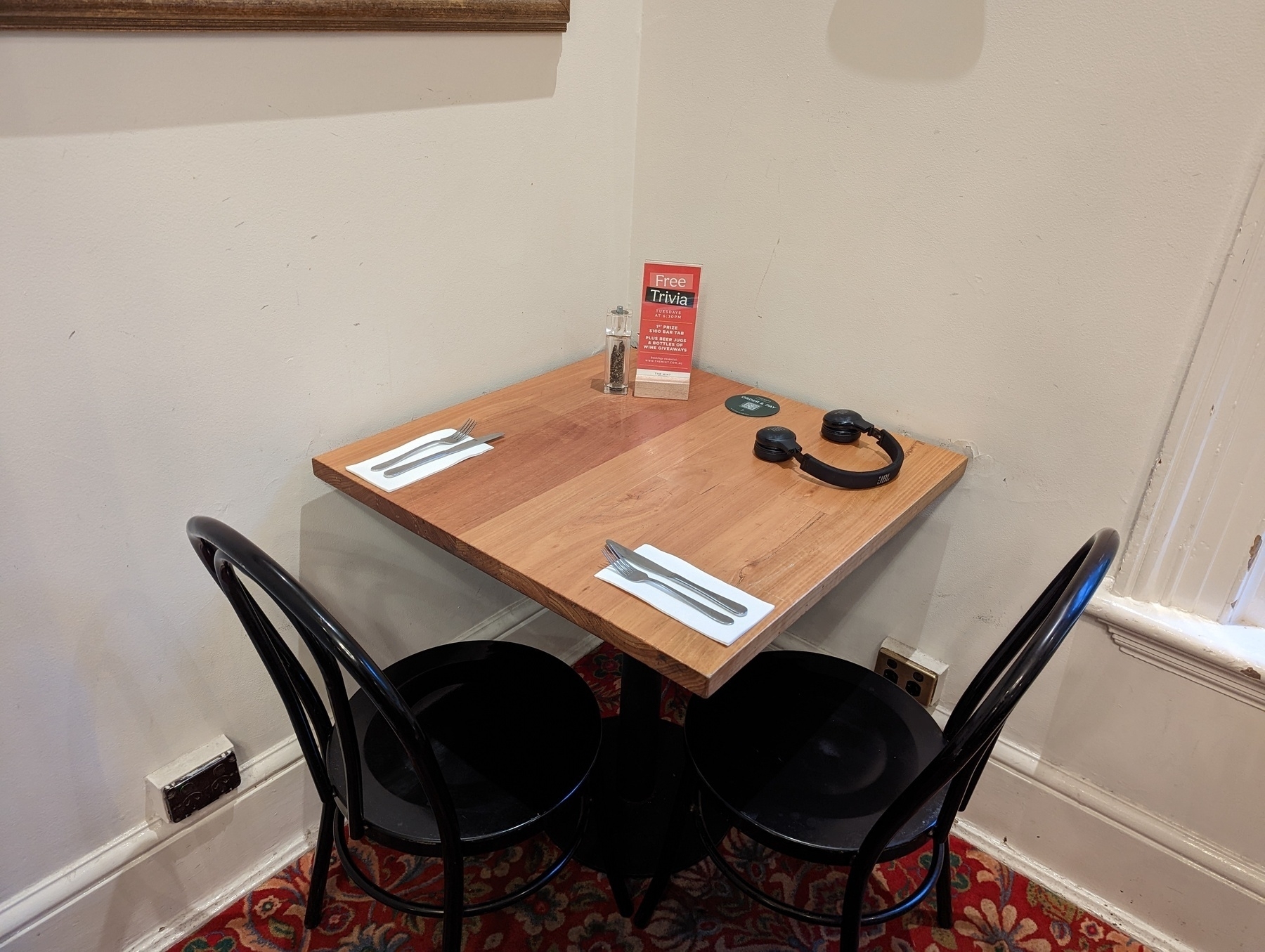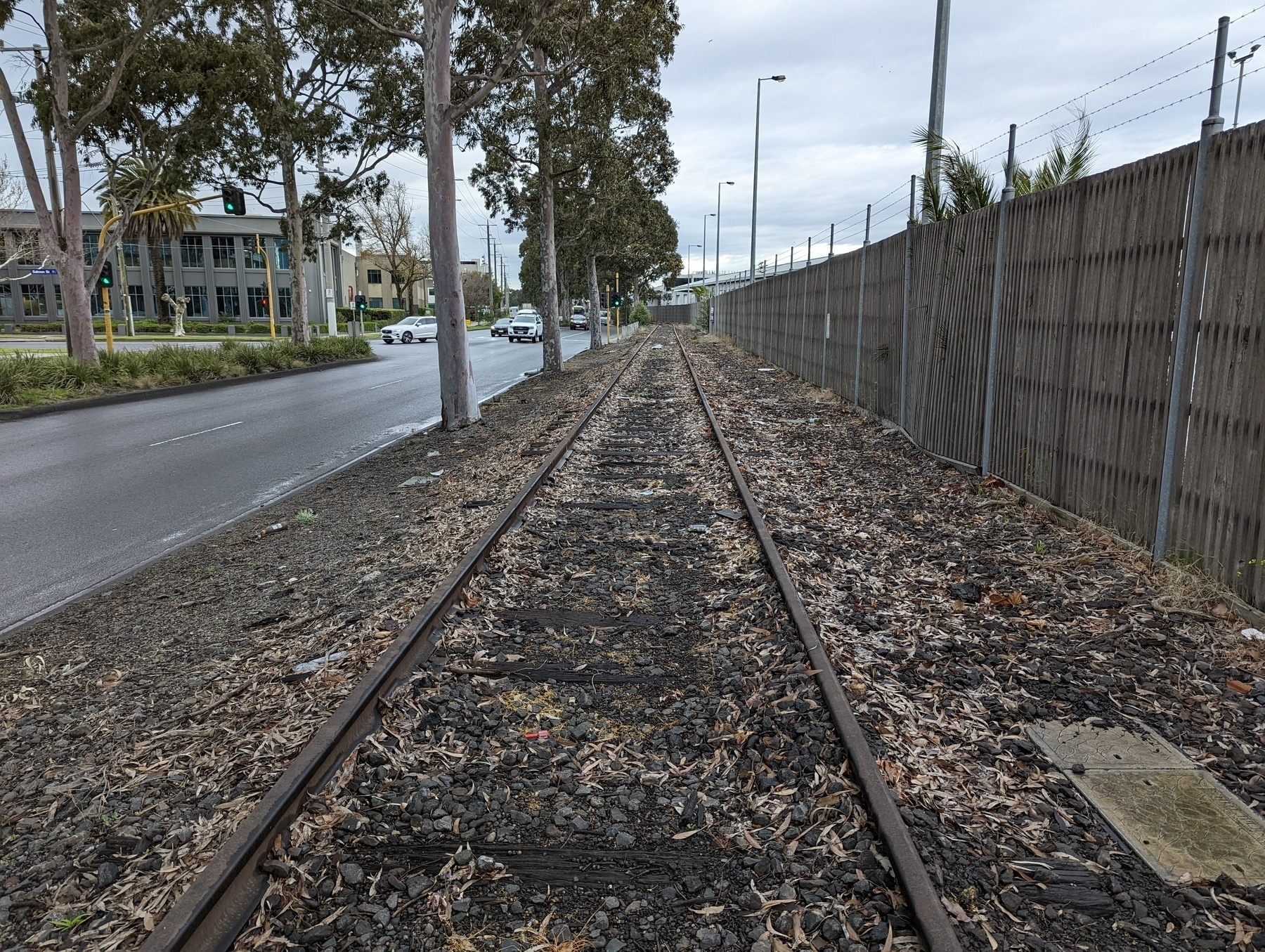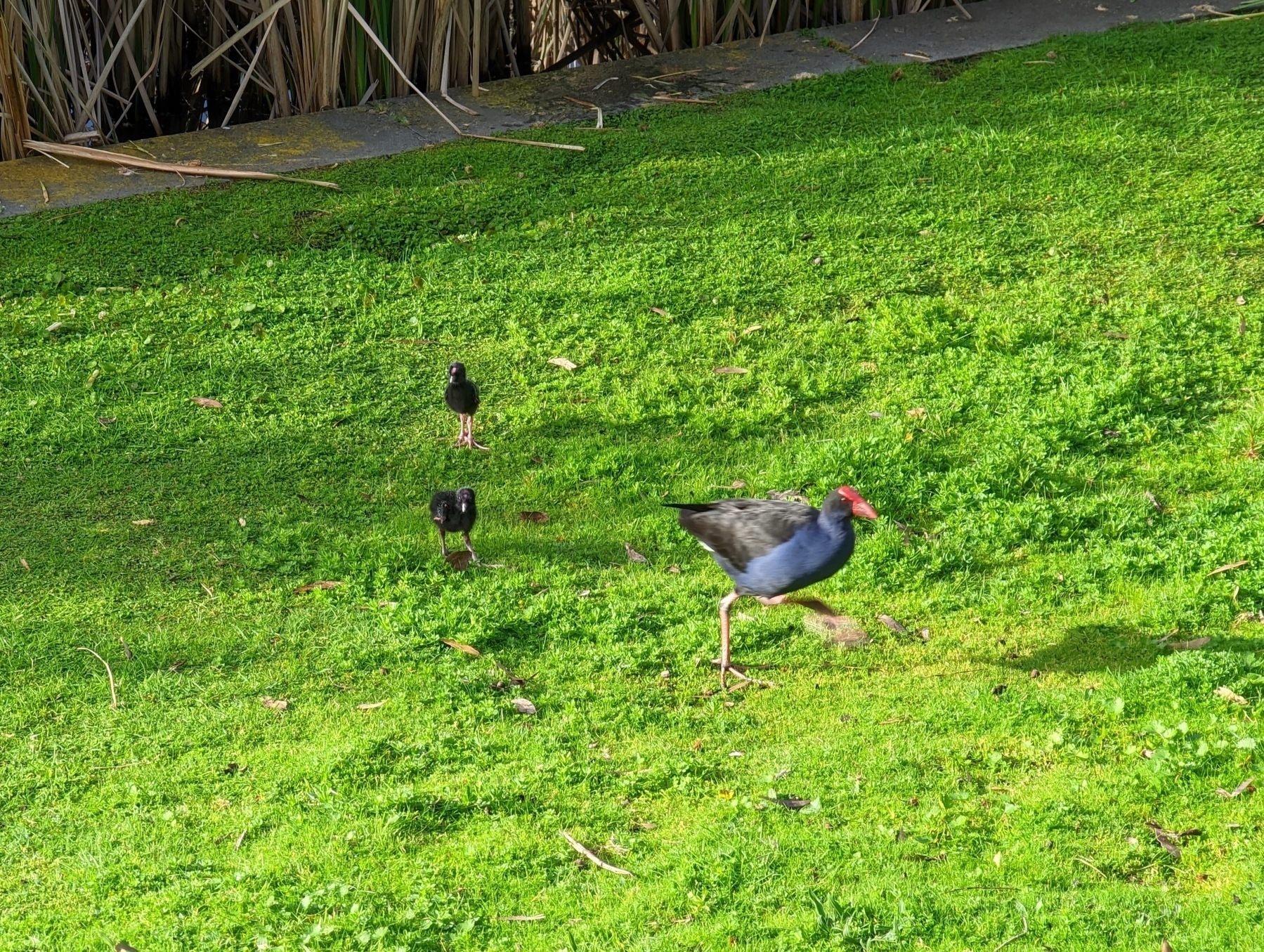-
Things Dynamo-Browse Need
I’m working with dynamo-browse a lot this morning and I’m coming up with a bunch of usability shortcomings. I’m listing them here so I don’t forget. The query language needs an in operator, such as pk in ("abc", "123"). This works like in in all the other database services out there, in that the expression effectively becomes `pk = “abc” or pk = “123”. Is this operator supported natively in DynamoDB? Continue reading →
-
An idea for anyone maintaining a 2FA app. When there’s only a few seconds left for an OTP code, start fading the numbers out.
I only look at the time remaining indicator about half the time, usually when I have a bit of time to enter a code. Other times when I’m under a bit of pressure to login, I just look at the code and start entering it, only to stop because the number changed without me noticing.
Seeing it start to fade is a good indicator that the code will change and that I should probably wait for the next one.
-
The best Slack shortcut I learnt today is Shift+Esc. This will mark all messages as read. 😌
-
I had some trouble trying out status.lol yesterday. Turns out the reason was that I was using the API key from meta.omg.lol. instead of from home.omg.lol. Once that was fixed, sending status updates worked without any problem.
-
As a change of pace, I’ve picked up a frontend ticket at work today. TypeScript, React, GraphQL: yes, I’m using it all. I know a little of each so I’m not coming to it completely cold. But it’s still all quite new to me so there’s still that sense of doing something novel.
-
Here’s something I learnt today about cockatiels: they sneeze, or do something that can be described as sneezing. Either way, I didn’t learn this from looking it up. 🤧
-
Back in Canberra with Ivy and Archie, my sister’s cockatiels. 🦜

-
Overlay Composition Using Bubble Tea
Working on a new feature for Dynamo-Browse which will allow the user to modify the columns of the table: move them around, sort them, hide them, etc. I want the feature to be interactive instead of a whole lot of command incantations that are tedious to write. I also kind of want the table whose columns are being manipulated to be visible, just so that the affects of the change would be apparent to the user while they make them. Continue reading →
-
Tried something different today, by recording a how-to video of a project I’m working on. Must say that I now appreciate the effort of those that work with video after the attempt: roughtly 20 takes and I still haven’t got a cut I like (it’s only a screencast as well).
-
Tax return done. Was in danger of forgetting to do it so deceided to get it out of the way today. Relatively painless: took probably 20 minutes. Let’s hope everything in there is correct. 😬
-
To any Stratechery or Dithering subscribers that have seen no new posts since Monday: you may need to get new feeds from Passport. Ben just launched something new and in doing so, seemed to have broken article & podcast RSS feeds. Might’ve been just me, but just in case it isn’t.
-
🎉

-
I must say, Feedbin does a good job making Twitter threads actually nice to read. I haven’t seen it work for every thread, but when it does, if feels almost like you’re reading a blog post. So much better than reading it in Twitter.
-
🎙️ Really Specific Stories, featuring yours truly.
Had the privilege of being a guest on @martinfeld’s excellent show about podcasting. Check it out, then make sure you listen to the other episodes because they are all really good.
-
Currently binging on Epic Engineering Failures from the Great Courses. The details of the failures are interesting, but the course also covers a lot on structural engineering, which I never expected to find just as facinating.
-
Google, please; fix the locale detection logic in Sheets. Every newly created spreadsheet has the wrong locale set by default, and I always need to explicitly change it to AU. As fun as it is to use £ for currency, or month/day/year for dates, I prefer to use what I’m use to.
-
Spotted this morning as I was walking to breakfast. 🦆

-
Intermediary Representation In Dynamo-Browse Expressions
One other thing I did in Dynamo-Browse is change how the query AST produced the actual DynamoDB call. Previously, the AST produced the DynamoDB call directly. For example, if we were to use the expression pk = "something" and sk ^= "prefix", the generated AST may look something like the following: The AST will then be traversed to determine whether this could be handled by either running a query or a scan. Continue reading →
-
Did a cleanup of all the half-finished posts I had lying around as drafts. Many of them have been cluttering up the Draft section for a few months now.
The original goal was to have a “bank” of posts that I could publish on days I had nothing else to say. I guess that didn’t quite pan out as expected. Since starting this idea, I think there were two banked micro-posts that I eventually published. The rest turned into ambitious, half-finished pieces of writing that became larger over time as I rewrote sections and added additional threads of thought. Eventually they became so large and overworked — without being anywhere close to finished — that it became too much of a hassle to keep them around.
I guess when it comes to posting stuff, I need to either publish it immediately, or at most a few days after it’s written. Keeping it around with the belief that I can publish it “later” means they’ll be little chance that it’ll see the light of day.
-
Dinner at The Mint. This is my table, which is the same table I sat at last time I was here, in January 2020. Feels like a bit of a bookend in a way.

-
Along the boundary of Melbourne Port.

-
🎙 Dithering: 13 Sept 22 - Discord AI
Enjoyed the discussion on Midjourney and AI images, but it was the final two minutes on the UIs of Slack and Discord that I found to be the most interesting part of this episode.
-
Sunny day today. Might need to bring out the hat once again.
-
Really tired this morning. Work up last night due to a production incident. Must say that nothing goes out to prod quicker than a 3 AM change you hope will just shut the damn PagerDuty alerts up.

